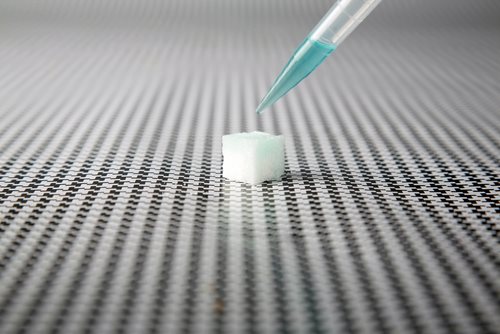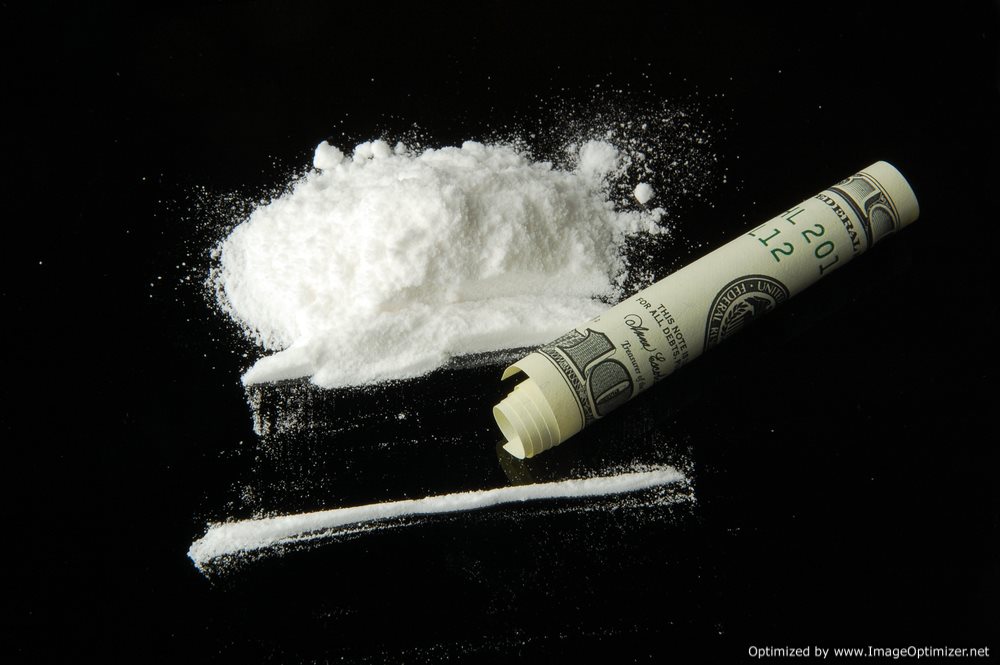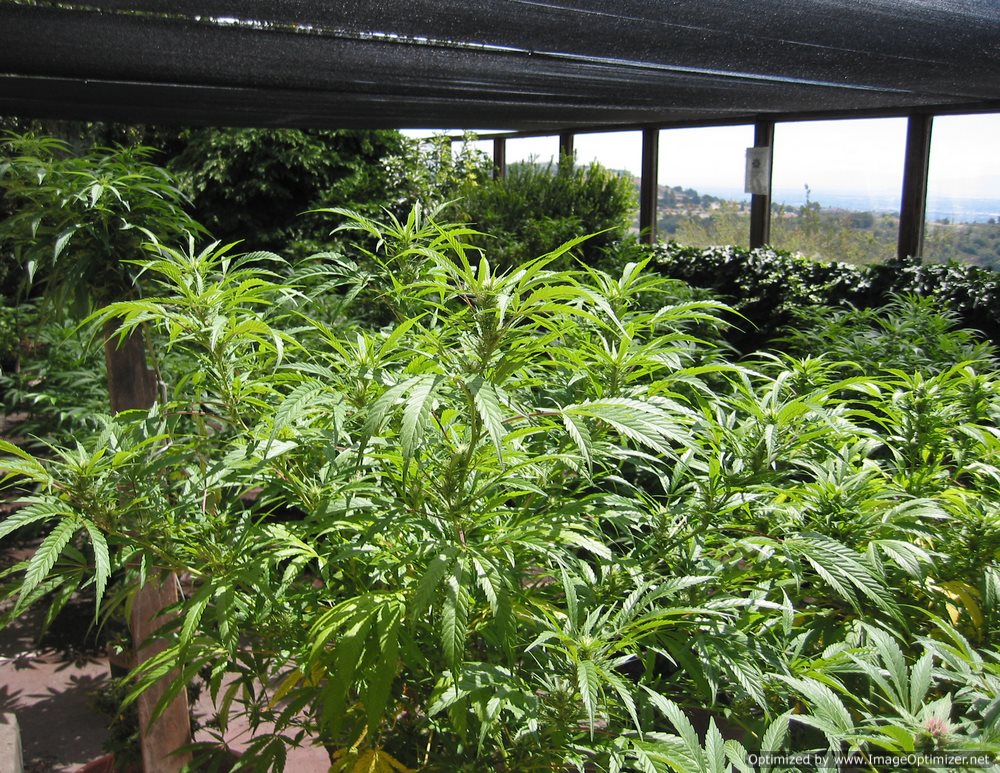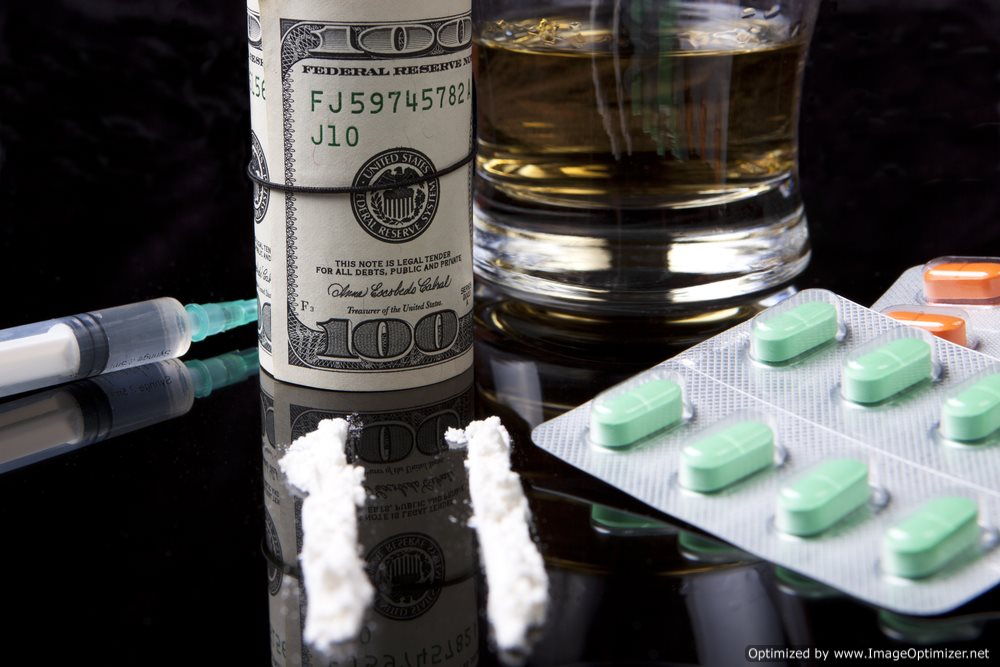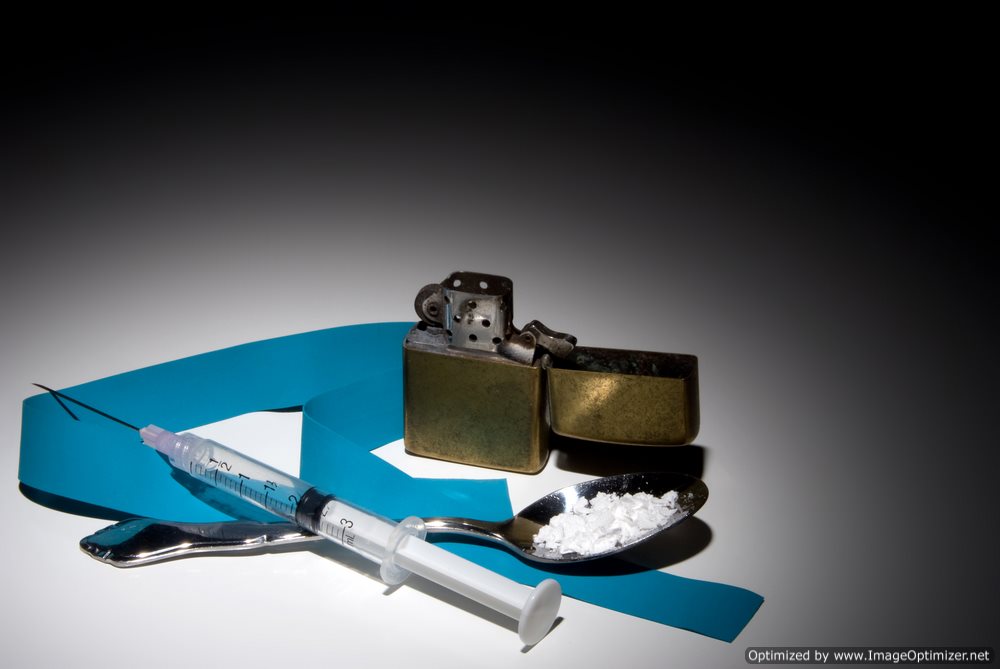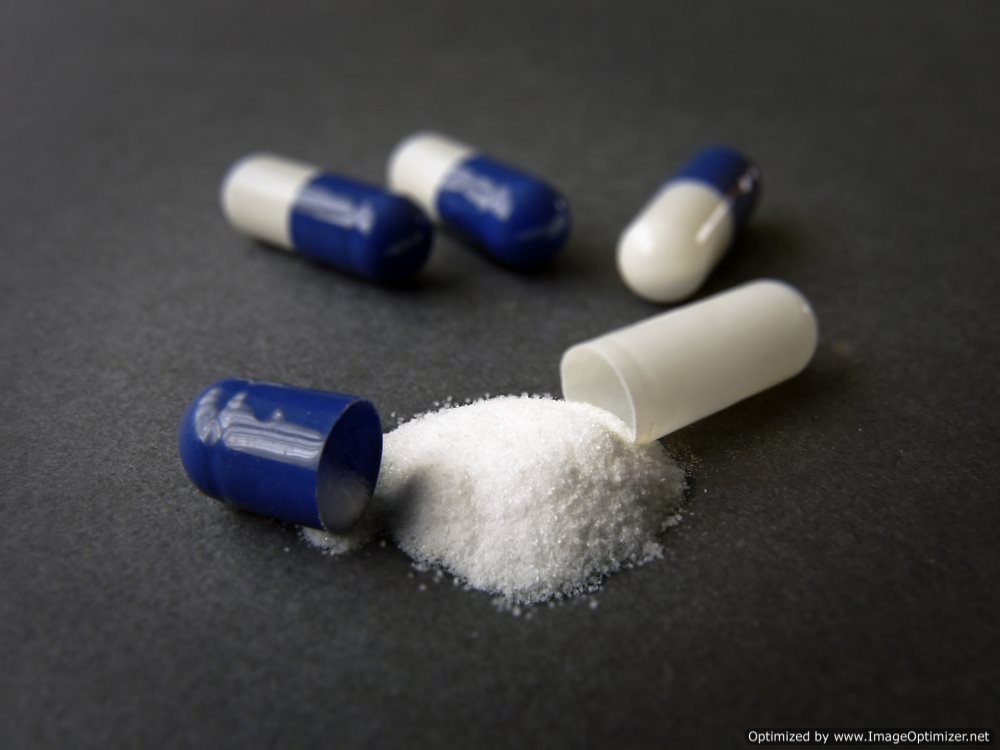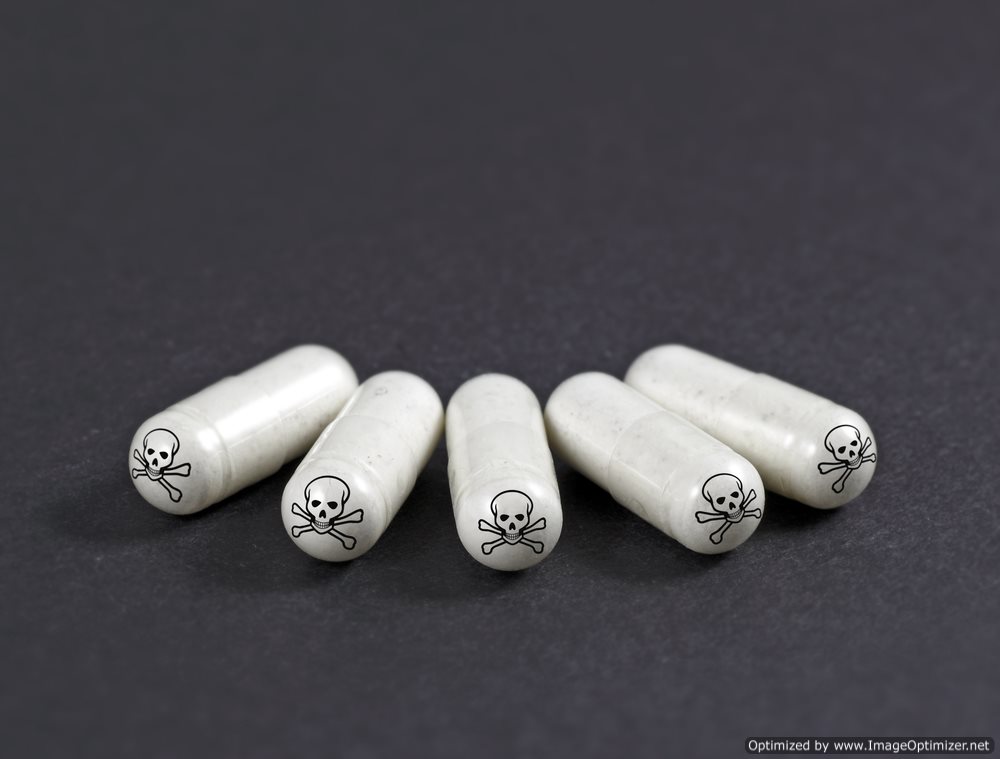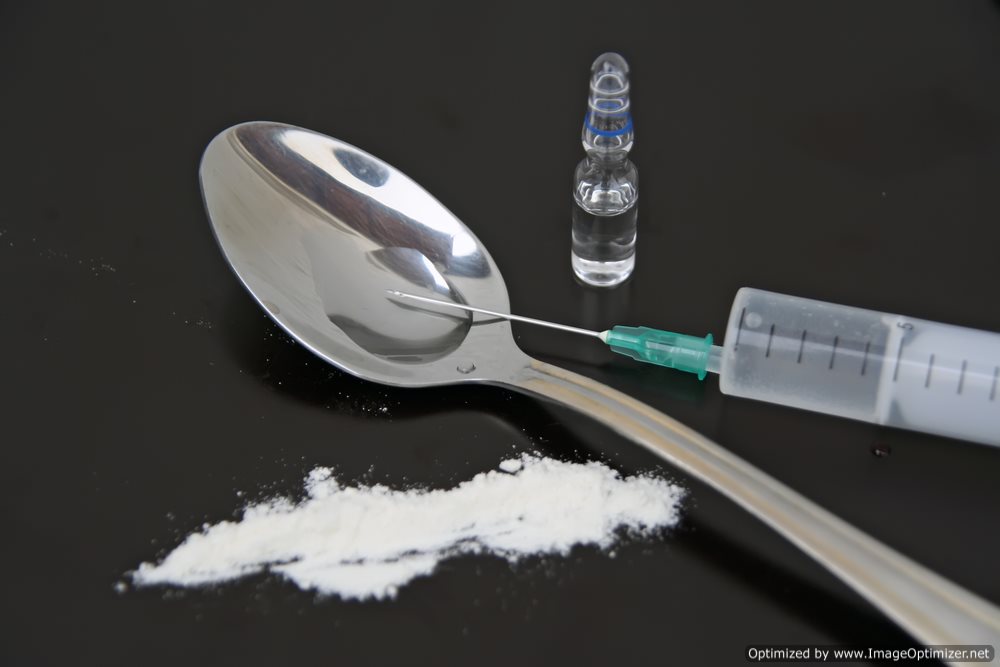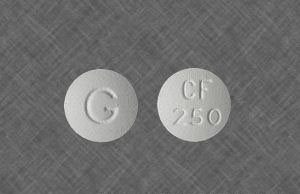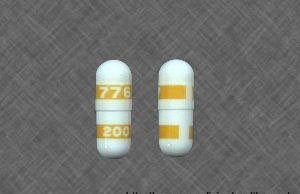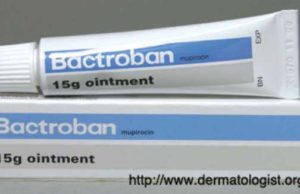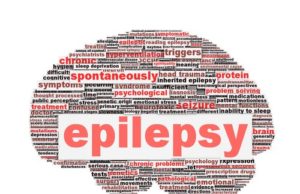Understanding Meth
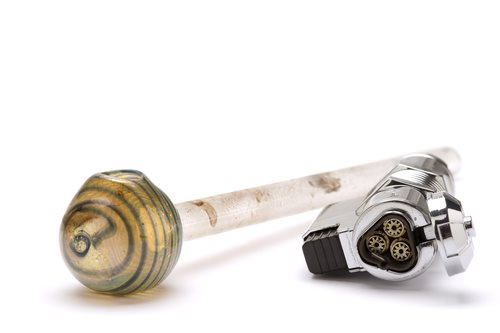
What is Meth?
Methamphetamine – also known as ‘Meth’ – is a chemical-based drug that can be created from a variety of toxic chemicals that are considered to be deadly upon human ingestion. Meth has been held responsible for a variety of crimes, changes in behavior, injuries, and deaths resulting from its usage; Meth is considered to be one of the most addictive drugs currently in circulation.
Meth is a psychostimulant of the phenethylamine and amphetamine class of psychoactive substances; when ingested or taken, Meth increases alertness, concentration, energy levels, and in high doses, can induce euphoric feelings and enhance self-esteem as well as an individual’s sex drive.
As a result of these side effects, meth has a high potential for abuse and addiction; the drug activates the psychological reward system by triggering a cascading release of dopamine in the brain. Although Meth is highly illegal for recreational use, the drug is FDA approved for the treatment of ADHD, as well as exogenous obesity. When used legally for the treatment of such ailments, Meth is dispensed in the United States under the trademark name Desoxyn.
Because Meth-induced neurotoxicity to dopaminergic neurons, chronic abuse of the drug may lead to symptoms which persist beyond the simple withdrawal period. Habitual users of Meth often go through severe withdrawal struggles that can last well beyond a year.
Furthermore, research has found that over 20% of meth addicts experience a psychosis resembling schizophrenia which may persist for longer than six months following the use of the drug. In addition to the psychological harm precipitated by Meth use, physical harm, including cardiovascular damage, is common when the drug is abused.
How is Meth Made?
Meth is an illegal drug, which is unlawful to possess under any circumstance. That being said the production of Meth is fairly common, particularly in desolate or impoverished areas throughout the United States. Meth is synthetically produced by illegal Drug Manufacturing operations called ‘Meth Labs’.
Criminal Charges Associated with Meth:
Amongst the multitude of classifications inherent to the drug industry within modernity – ranging in legality, accessibility, and punitive recourse concerning the possession of Meth, the following criminal charges may be applicable to individuals undertaking the use of Meth:
The Possession of Meth:
A charge furnishing details expressing the illegal possession of Meth may be defined as the unlawful, illicit, and prohibited ownership of Meth; however, the nature within which the individual suspect in question gained access to the Meth may also be associated with the investigation.
Criminal charges expressing the illegal possession of Meth are subject vary in nature, which commonly involves the classification of Meth discovered on the person of the individual, the location within which the apprehension took place, the analysis of any or all criminal history belonging to the individual suspect, as well the implicit, intended usage of the Meth discovered on the individual suspect.


